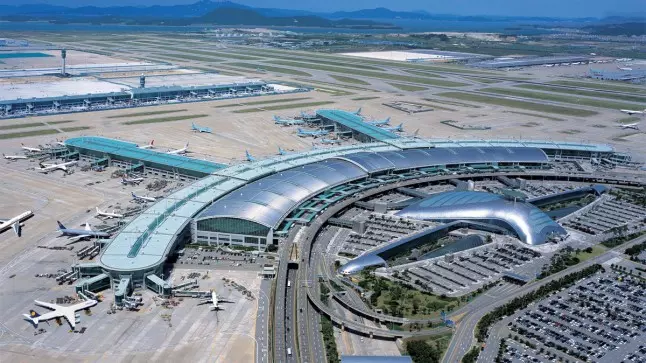
According to the recent Airports Council International (ACI) Asia-Pacific Industry Outlook, there is a tentative sense of optimism for the airline industry following the easing of travel restrictions and successful vaccination programs in many parts of Asia-Pacific and the Middle East.
After a turbulent first quarter, marked by rigid travel restrictions, suspension of international air travel in some parts of the region and geopolitical conflicts, the recovery in the Asia-Pacific and Middle East regions is benefiting from strong pent-up demand. Despite signs of improvement, the industry continues to face strong headwinds, including geopolitical instability in Eastern Europe and the resulting impact on the global macro economy, including high inflation, rising energy prices and supply chain disruptions.
All of these external factors continue to negatively impact the supply and demand of air travel to some degree. The Industry Outlook for the second quarter of 2022 (April to June), developed in collaboration with Mott MacDonald, provides a snapshot of airport performance across the region with a short-term analysis of key industry trends.
Freight markets in Asia-Pacific and the Middle East remained robust, driven by a rebound in air freight volumes in China and the rerouting of Europe-Asia freight through hubs in the Middle East to avoid Russian airspace. Recent improvements in supply chain restrictions and the easing of COVID restrictions in China are expected to ease market conditions and boost demand for air freight.
The actual freight tonnage index indicates that Q1 2022 air freight volumes are above Q1 2019 levels in most sub-regions. The sub-regions with the largest freight shares in the region are Emerging East Asia (China, Mongolia & Democratic People's Republic of Korea) with 32%, followed by developed East Asia (Japan, Republic of Korea, Chinese Taipei, Hong Kong & Macau) with 30% and the Middle East (Bahrain, Kuwait, Oman, Saudi Arabia, UAE, Iraq, Iran, Jordan, Yemen and Qatar) with 16% and Southeast Asia (Brunei, Cambodia, East Timor, Indonesia, Laos , Malaysia, Myanmar, Philippines, Thailand, Vietnam and Singapore) by 15%.
On the upside, several other indicators look promising for the industry battered by the COVID-19 pandemic over the past two years. The easing of strict travel protocols is encouraging traffic recovery. The quarter saw countries such as Cambodia, Singapore, India, Thailand, Malaysia and Australia lift restrictions on international air travel. Statistics from major hubs in these countries show that overall passenger traffic increased significantly between late February and early July 2022.
The pent-up demand for air travel, especially for leisure activities such as visiting friends and family and delayed vacations, will continue to fuel the sector's recovery, even as the sector faces strong headwinds from inflation and geopolitical risks. Many airports are already operating at full capacity during peak periods, even if the total visitor numbers are below the level of 2019.
Despite an improving trend, airport financial margins remain well below pre-pandemic levels and are economically unsustainable. Quarterly revenues remain 60% below 2019, which is a similar level to 2021, indicating that revenues remain at an unsustainably low level, leading to large operating losses for airports. Total operating expenses have decreased in Q1 2022 compared to 2019 and although this decrease has slightly decreased compared to Q1 2021, this shows that airport operators are making an effort to limit spending.
Airports in the Middle East and Asia-Pacific handle the risk of staff shortages at airports with care. Compared to Europe and other parts of the world, airports in Asia-Pacific and the Middle East have suffered to a lesser extent from staff shortages, which are not limited only to airports, but to the entire aviation ecosystem, including airlines, government agencies, ground handling, security and check-in, etc. This was mainly due to two simultaneous factors: the long-term vision of different airports to retain their staff despite the challenging time, and the poor recovery of traffic compared to other regions in the world . As for the latter, Asia-Pacific is expected to experience the slowest recovery, reaching just 62% of 2019 levels by 2022. This gives the region's airports and other aviation stakeholders time to address the challenges while working on the adoption of digital technologies and staff retraining, improving career development to make airports a more attractive place. to make for a long career, quoted a release from ACI.
Automotive Body Coach Building
Hydraulic & Pneumatic Equipment
Industrial & Shipping Containers, Barrels And Drums
Insulators, Insulation Material & Accessories
Mechanical Power Transmission Tools And Accessories
Miscellaneous Automobile Parts, Components & Equipment
Miscellaneous Electrical & Electronic Items
Ship & Marine Tools, Equipment & Accessories